Publications
For a full list of publications, you can go to either ads or Google Scholar.
Short explanations about my different projects can be found below.
How do baryons affect the clustering of matter?
→ Link to MNRAS article and arXiv version

In this paper, we use a phenomenological halo model to make physically and observationally motivated predictions of the matter clustering on large scales. Assuming that all matter in the Universe is contained in dark matter haloes, we can predict the clustering of matter in the Universe once we know how these haloes cluster and how the matter inside the haloes is distributed.
The large-scale clustering of haloes can be accurately predicted using gravity-only simulations. However, the matter distribution inside the haloes will behave differently due to galaxy formation processes which we cannot predict from first principles. We constrained the matter distribution inside the haloes using observations of gas inside clusters and groups of galaxies. This allows us to make observationally motivated predictions for the change in the clustering of matter on large scales due to baryonic processes, without having to use hydrodynamical simulations that need to resort to uncertain subresolution (so-called “subgrid”) recipes for the effects of galaxy formation.
We showed for the first time, independently of hydrodynamical simulations, that these galaxy formation processes do result in a significant change in the clustering of matter on very large scales compared to a gravity-only Universe. Importantly, this change is dominated by the less massive groups of galaxies, whose gas content we cannot probe as well as that of behemoth clusters. We also showed that the outer distribution of gas, which we cannot yet constrain observationally, can change the matter clustering by up to 10%.